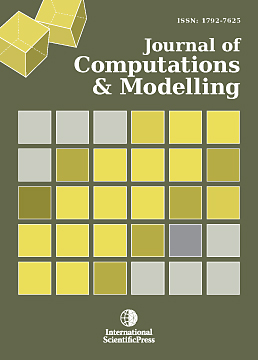Journal of Computations & Modelling
InfraRed Search & Track Systems as an Anti-Stealth Approach
-
 [ Download ]
[ Download ]
- Times downloaded: 36884
Abstract
For more than half a century, the radar has been indisputably the most important sensor in the battlefield, especially in the air domain. Radars have always been competing with electronic warfare systems, which are trying to hinder detection and tracking with the use of various jamming techniques. However, the apparition of stealth or low observable technology since the late '80s has been the game changer which has really contested the radar dominance. Therefore, other parts of the electromagnetic spectrum have been revisited, in an effort to substitute or complement the radar. In this way, infrared seems to be a viable approach. Even if significant efforts have been exerted in order to minimise the IR signature of fighter aircraft, it is impossible to make a fast flying jet, propelled by hot exhaust gases, completely disappear, in the IR spectrum. InfraRed Search & Track or IRST systems offer significant advantages with respect to traditional radar systems, such as passive operation, resistance to jamming, and long detection ranges (under certain conditions). On the other hand, there is no direct range measurement, as in the radar case. This paper begins with a brief presentation of various military applications of IR, followed by an update on current IRST systems. An approach to the estimation of the detection distance of a jet fighter by an IRST system is then proposed. This approach is based on the modelling of a typical turbofan engine and of a modern IRST system. In the simulation, various weather conditions and different fields of view are taken into account. It is shown that, under favourable conditions, the detection range of a non-afterburning engine, observed from behind, is at the order of 100 km or more, outperforming the typical fighter radar in terms of detection against stealth threats.
Keywords: InfraRed Search & Track (IRST), Planck's law, MODTRAN, Beer's law, effective aperture, field of view, transmittance, spectral detectability.
